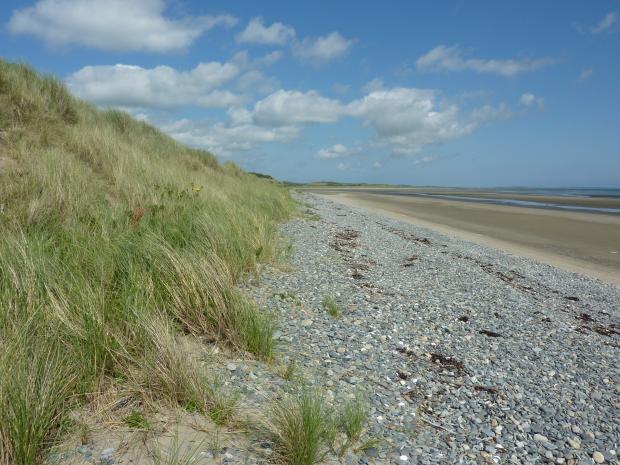
The area is of special scientific interest because of the coastal flora, fauna and physiography.
It is a coastal complex exhibiting a range of gravel ridges, re-curved spit, dune systems, palaeosols and contemporary beach processes dating from between late glacial and modern times. This gives rise to an extensive range of coastal habitats, including scarce vegetation communities and rare plant species.
It is Internationally important for wintering wildfowl and waders, a haul-out site for common and grey seals and accommodates a wide range of invertebrates including rare species and communities.
Related articles
- Appointment of Deputy Chair and up to 16 Board Members to the Council for Nature Conservation and the Countryside (CNCC)
- ASSI Guidance for Public Bodies/Competent Authorities
- Coastal Areas of Special Scientific Interest
- Conservation and protection enforcement programme
- Conservation Management Plans (CMPs)
- Ecological Surveys
- European Marine Sites - Marine Special Areas of Conservation and Special Protection Areas
- Financial administrative penalties
- Fishing licence points system for serious infringements of the enforcement programme
- Introduction to Conservation Management Plans (CMPs) for Northern Ireland’s Special Areas of Conservation
- Mandatory recording of marine mammal bycatch
- Marine Conservation Zones
- Marine historic environment
- Marine Protected Areas
- Marine Ramsar sites
- Monitoring marine habitats and species
- NI CHART Bluefin Tuna
- Outline Construction Environmental Management Plan (CEMP)
- Shipwrecks
- Special Areas of Conservation
- Special Areas of Conservation for Harbour porpoise
- Special Protection Areas
